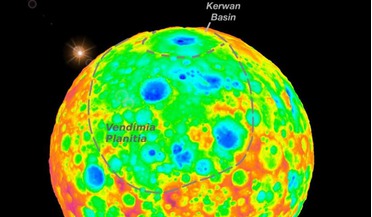 27 July 2016
Where did Ceres' craters go?
27 July 2016
Where did Ceres' craters go?
... – icy volcanism – in the bright spots found scattered over Ceres, especially in Occator Crater." Cryovolcanism is not too dissimilar to the usual type of volcanism found on Earth, only at much lower temperatures, and instead of ...
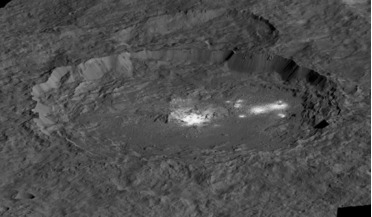 13 December 2017
Bright spots suggest Ceres is surprisingly active
13 December 2017
Bright spots suggest Ceres is surprisingly active
Since the arrival of the Dawn mission around dwarf planet Ceres, scientists have been intrigued by a number of bright, reflective spots lighting up crater floors on this small rocky body. Now, after intense scrutiny, scientists say that the bright ...
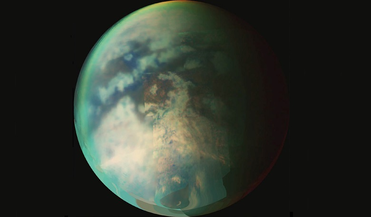 June 2020
Titan’s evolving atmosphere
June 2020
Titan’s evolving atmosphere
... the geological processes affecting Titan’s surface and, by implication, its interior. Such variations may be indicative of cryovolcanism (ice volcanoes erupting water and other liquid- or vapour-phase volatiles). This is a process that would account...
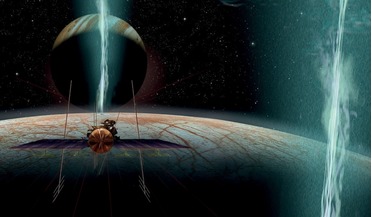 March 2018
Plumes on Europa - tasting an extra-terrestrial ocean
March 2018
Plumes on Europa - tasting an extra-terrestrial ocean
... seen in silhouette as the moon passed in front of Jupiter. NASA/ESA/W Sparks Water vapour plumes The existence of cryovolcanism with accompanying plumes on the surface of Europa has been hypothesised in the past. However, up until 2014 no evidence...
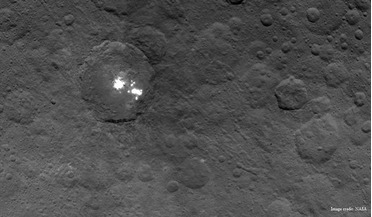 01 July 2015
Ceres, Dawn, mysterious bright spots, and exploring the solar system
01 July 2015
Ceres, Dawn, mysterious bright spots, and exploring the solar system
... possibility of highly reflective materials on the surface, containing ice or salts. So far, NASA says that the possible cryovolcanic origin of the bright spots is not a very likely theory. The fact that some of the spots appear...
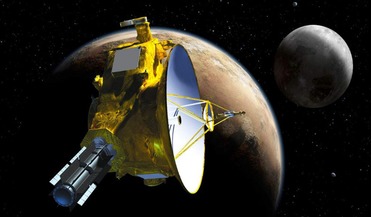 06 June 2018
New Horizons wakes up ready for next flyby
06 June 2018
New Horizons wakes up ready for next flyby
... Stern. New Horizons gave scientists an unprecedented look at Pluto to reveal vast mountain ranges and evidence for cryovolcanism, as well as suggesting that the dwarf planet could be one giant comet. If Ultima has existed at a temperature of –240...